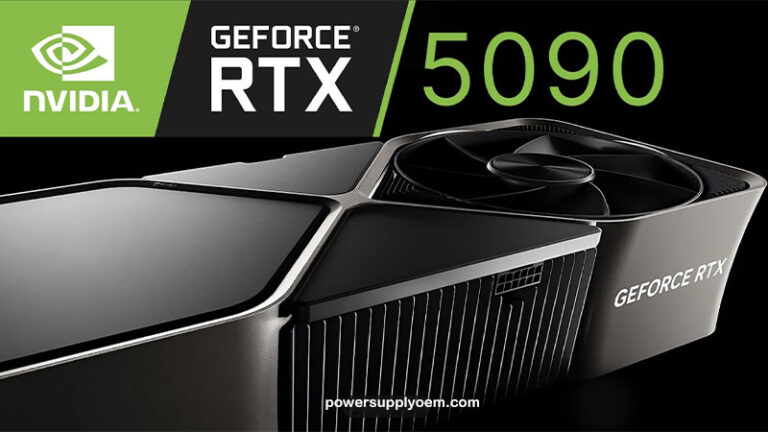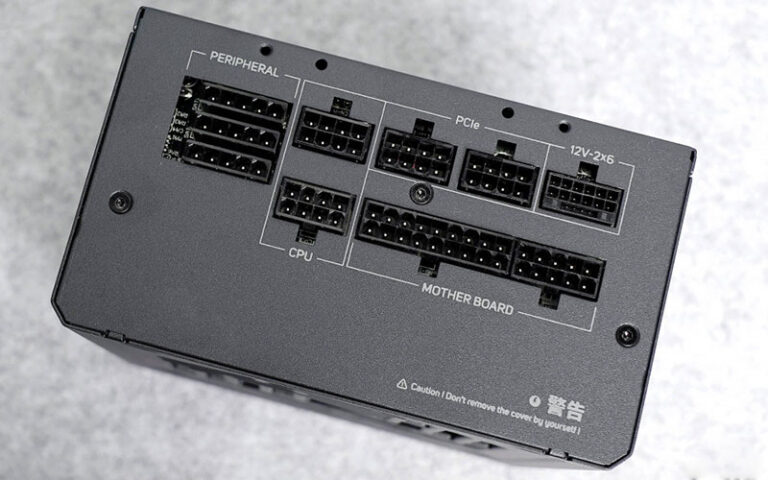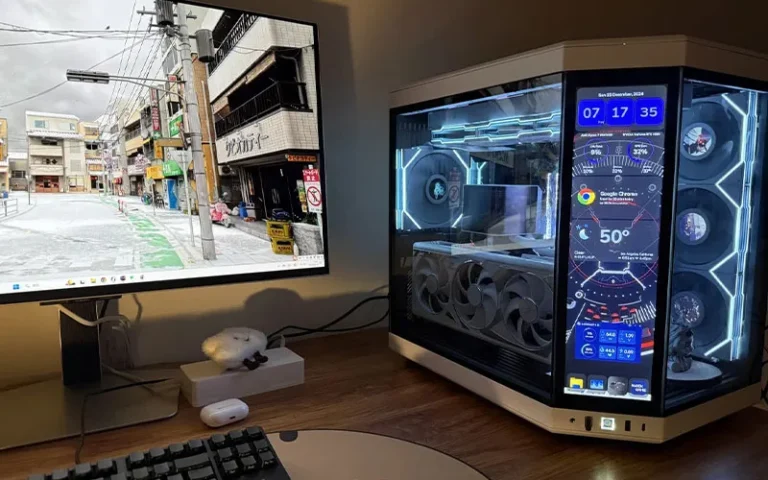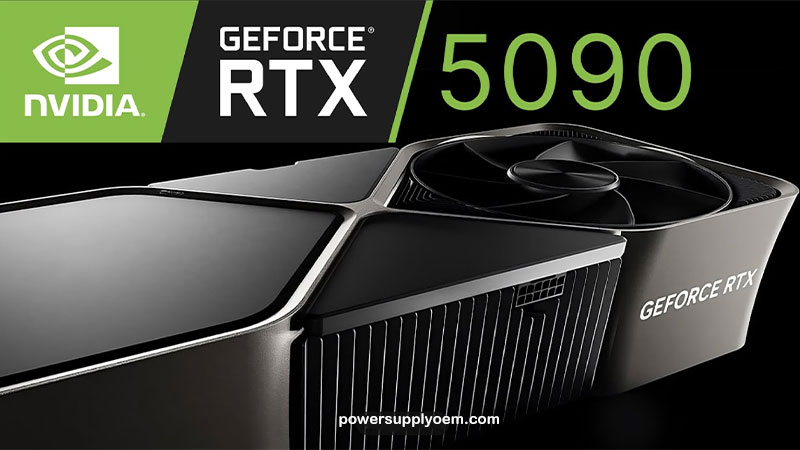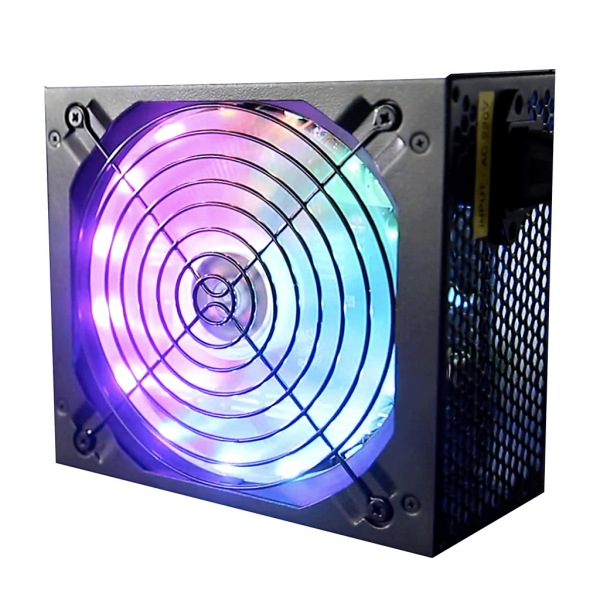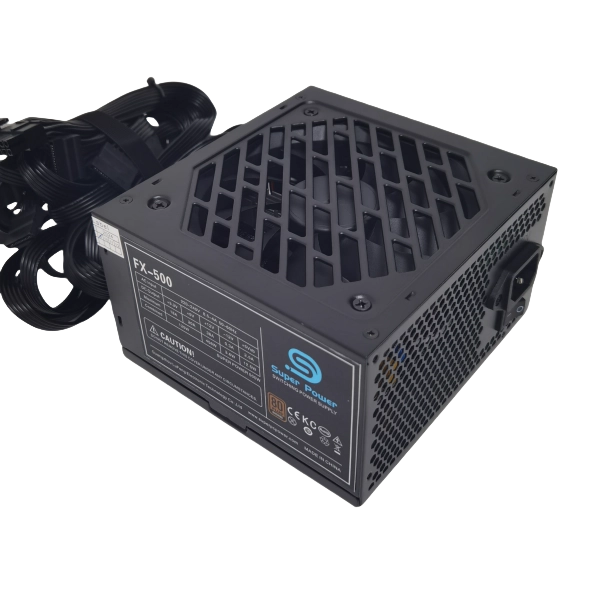-
Building E, No. 65 Xingshan North Road, Liangtian, Baisha Industrial Park, Baiyun District, Guangzhou

How to Check Your PC’s PSU Wattage Without Opening Your Computer
How to Check Your PC Power Supply Wattage Without Opening the Case
Knowing your PC’s power supply (PSU) wattage is crucial for various reasons, including upgrading components, troubleshooting issues, and ensuring overall system stability. This guide explains how to check your power supply specifications, specifically its wattage, without opening your PC case. While physically inspecting the PSU is the most reliable method, we’ll explore alternative approaches using software tools, system information, and manufacturer resources, helping you to check what power supply you have. If you are a PC power supply brand, 3C supermarket, Computing equipment manufacturers, IoT device manufacturers, power supply wholesaler, agent, or a large Internet cafe owner, you will want to know this information.
Table of Contents
1. Why is Knowing Your PC’s PSU Wattage Important?
The PSU, or power supply unit, is a fundamental component that provides power to all the internal components inside your computer. Knowing its wattage is crucial for:
- Upgrading Components: If you plan to upgrade your computer with a more powerful graphics card, CPU, or add more storage drives, you need to ensure your PSU can handle the increased power demands. An underpowered PSU can lead to system instability, crashes, or even component damage.
- Troubleshooting Issues: If your PC is experiencing random shutdowns, restarts, or other stability problems, the PSU could be the culprit. Knowing its wattage can help you determine if it’s capable of handling your system’s power needs.
- Planning for Future Upgrades: Understanding your current PSU’s capacity allows you to plan for future upgrades. You’ll know if you have enough headroom to add more components or if you’ll need to upgrade the PSU as well.
- Ensuring Efficiency: Choosing a PSU with the appropriate wattage for your system helps ensure it operates efficiently. A PSU that’s significantly oversized for your needs can waste energy.
In essence, knowing your PSU wattage allows you to understand your PC’s power capabilities and limitations, enabling you to make informed decisions about upgrades and maintenance.
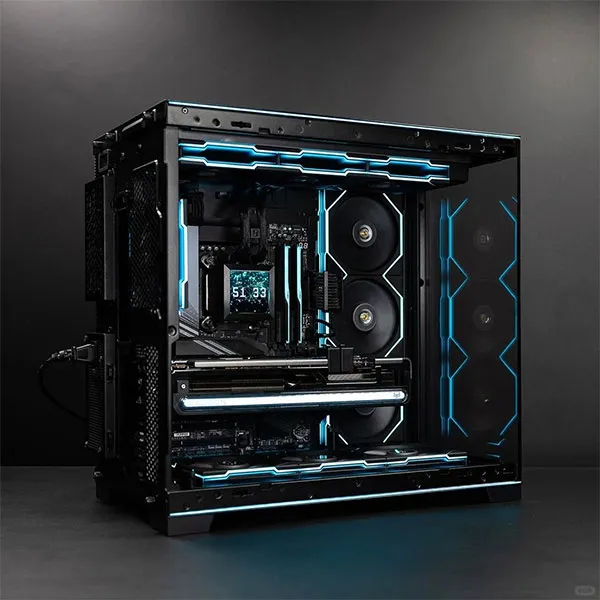
2. Method 1: Using Third-Party Software Tools
Several third-party software utilities can provide detailed information about your power supply. These software tools can often provide power consumption data and power usage information, although they may not always be able to directly determine the PSU’s maximum wattage.
Popular options include:
- HWiNFO: A comprehensive system information and diagnostic tool. It displays a wealth of information about your hardware, including sensor readings for voltage, current, and power. Look for sections related to your motherboard or power supply.
- CPU-Z: Primarily known for providing CPU information, CPU-Z also has a “Mainboard” tab that might (though not always reliably) display the PSU model.
- Speccy: A user-friendly system information tool that provides an overview of your hardware, including some power-related information.
- Open Hardware Monitor: This is useful to check your CPU and GPU.
How to use these tools:
- Download and Install: Download and install your chosen software tool from a reputable source.
- Run the Software: Open the software and run the software, and navigate to the relevant section (often labeled “Sensors,” “Power,” “System Summary,” or something similar).
- Look for PSU Information: Search for any information related to the PSU model, power supply wattage, or voltage readings.
Limitations:
- Accuracy: These tools rely on data reported by the motherboard and other components, which isn’t always accurate or available for the PSU. The PSU itself doesn’t directly communicate its wattage to the operating system.
- Model Detection: While some tools might identify the PSU model, this doesn’t guarantee you’ll know the exact wattage.
- Voltage Readings: Voltage readings can indicate potential problems (e.g., low voltage under load), but they don’t reveal the PSU’s maximum capacity.
Using software is a convenient starting point, but it’s not the most reliable method to definitively determine your PSU wattage.
3. Method 2: Checking System Information (Windows)
Windows’ built-in System Information tool can sometimes provide clues about your PSU, especially in pre-built PC systems from major manufacturers (Dell, HP, Lenovo, etc.):
- Open System Information: Press the Windows key, type “System Information,” and press Enter.
- Look for System Model: In the System Summary section, look for the “System Model” or “BaseBoard Product” entry. This might reveal your pre-built PC model or your motherboard model.
- Search Online: Use the system or motherboard model number and search online, adding terms like “PSU” or “power supply.” You might find the manufacturer’s specifications or third-party reviews that list the power supply details, including the wattage.
Limitations:
- Indirect Method: This method relies on finding information online based on your system or motherboard model, which isn’t always accurate. Manufacturers sometimes use different PSUs within the same model line.
- Limited Information: Even if you find specifications, they might not always list the exact PSU model or wattage.
This method is a quick option to try, but it’s less reliable than physically inspecting the PSU.
4. Method 3: Checking the Manufacturer’s Website (Pre-Built PCs)
If you have a pre-built PC from a major manufacturer (Dell, HP, Lenovo, etc.), their website is often a good source of information:
- Identify Your PC Model: Find the exact model number of your PC. This is usually on a sticker on the computer case or in the System Information tool (as described in Method 2).
- Visit the Manufacturer’s Website: Go to the official website of the manufacturer and navigate to the support or product specifications section.
- Search for Your Model: Search for your specific PC model.
- Look for PSU Specifications: Look for a specifications sheet, datasheet, or service manual that lists the components, including the power supply. The wattage and potentially the model number should be listed there. You should also be able to find the power supply details.
This method is generally reliable for pre-built systems, as manufacturers provide detailed specifications for their products, including the power supply. You will be able to determine what power supply is installed.
5. Method 4: Estimating Power Usage Based on Components (Least Accurate)
If you can’t determine the exact PSU wattage through the previous methods, you can estimate power needs based on your PC’s components. This is the least accurate method, but it can give you a rough idea:
- List Your Components: Make a list of all your components, including the CPU, GPU, motherboard, RAM, storage devices (SSDs and hard drives), and any other peripherals.
- Research Typical Power Consumption: Search online for the typical power consumption of each component, especially your CPU and GPU. Look for reviews or specifications that mention power draw under load.
- Add Up the Wattages: Sum up the estimated wattage of all your components.
- Add a Significant Buffer: Add a generous buffer (at least 20-30%, or even more for high-end systems or overclocking) to account for peak power demands, inefficiencies, and future upgrades.
This method provides a rough estimate, but it’s not a substitute for knowing the actual PSU wattage. It’s always better to err on the side of caution and choose a PSU with more wattage than you think you need.
6. Understanding PSU Efficiency Ratings (80 PLUS)
While not directly related to checking wattage, understanding PSU efficiency ratings is important. The 80 PLUS certification (80 PLUS, Bronze, Silver, Gold, Platinum, Titanium) indicates how efficiently the PSU converts AC power from the wall outlet to DC power for your components. A higher rating (e.g., 80 PLUS Gold) means less energy is wasted as heat.
Efficiency doesn’t tell you the PSU’s maximum wattage, but it’s a good indicator of quality. A more efficient PSU generally uses better components and runs cooler.
7. Signs of an Inadequate or Failing PSU
Even if you can’t check the exact PSU wattage, certain symptoms can indicate that your PSU is inadequate for your system’s needs or is failing:
- Random Shutdowns or Restarts: Especially under heavy load (like gaming).
- System Freezes or Crashes: Frequent blue screens or system freezes.
- Burning Smell: A burning smell coming from your computer is a serious warning sign.
- Strange Noises: Unusual buzzing, clicking, or whining noises from the PSU.
- Peripherals Malfunctioning: Devices randomly disconnecting or not working correctly.
- System Won’t Power On: If your computer doesn’t power on at all.
If you experience these issues, investigate your power supply and consider replacing it if necessary.
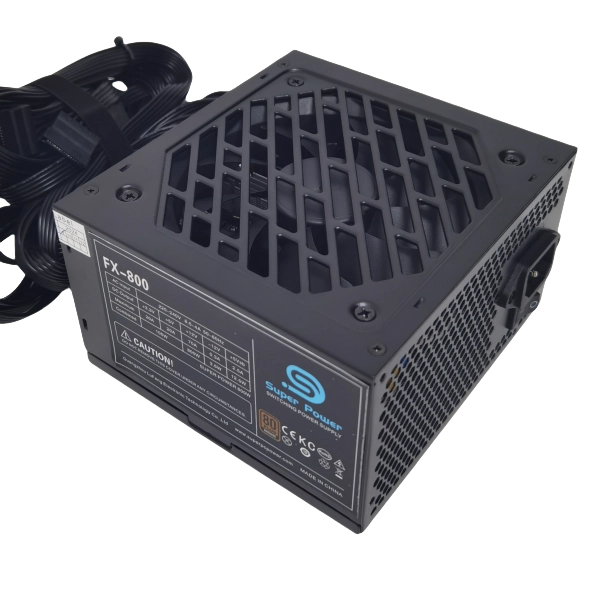
8. OEM Power Supplies: Partnering for Customized Solutions
As an OEM (PC power supply, ATX power supply, SFX power supply, FLEX power supply, TFX power supply, 80 PLUS Gold) manufacturer, we offer custom solutions for a variety of clients, such as:
- PC power supply brands: Providing the platform for your brand.
- 3C supermarkets: We offer high-quality, affordable options.
- Computing equipment manufacturers: We can offer custom solutions.
- IoT device manufacturers: We provide solutions for a variety of devices.
- Power supply wholesalers: We offer bulk ordering options.
- Agents: Our team of experts are available to help you through the order.
- Large Internet cafes: We have the capability to handle high-volume orders.
Here’s how a partnership with us can benefit you:
- Customization: We can tailor power supplies to your exact specifications, including wattage, form factor, connectors, cabling, and branding.
- Quality: We use high-quality components and rigorous testing procedures to ensure the reliability and performance of our power supplies.
- Cost-Effectiveness: Buying directly from the manufacturer often results in better pricing, especially for bulk orders.
- Expert Support: Our team provides technical support and guidance throughout the design and manufacturing process.
Working directly with an OEM manufacturer gives you greater control over the quality, specifications, and cost of your power supplies.
9. Tailored Power Solutions for Diverse Applications
We offer a wide range of power supply options, including:
- ATX Power Supplies: The standard form factor for most desktop PCs. We have a range of ATX power supplies. Our ATX Power Supply is very popular.
- SFX Power Supplies: Compact PSUs for small form factor PC builds.
- FLEX Power Supplies: Even smaller PSUs for specialized applications. Our FLEX Power Supply is a great product.
- Custom Power Supplies: We can design and manufacture power supplies to your precise requirements.
Our team will work closely with you to understand your system’s power needs and recommend the optimal power supply solution, ensuring it meets your performance, reliability, and budget requirements. We can help you choose a PSU with sufficient power.
10. Case Studies: PSU Wattage and Upgrades
Let’s look at some examples of how PSU wattage plays a crucial role in upgrades:
- Case Study 1 (Graphics Card Upgrade): A user with a 450W PSU wants to upgrade their graphics card to a newer, more powerful model. The new graphics card recommends a minimum PSU of 600W. The user will need to upgrade their PSU to a 600W or higher unit to ensure that your power supply can handle the increased power demands.
- Case Study 2 (Pre-Built PC with Limited PSU): A user with a pre-built PC from a major manufacturer wants to add a dedicated graphics card. They discover that the pre-built system has a relatively low-wattage PSU (e.g., 300W) that’s not powerful enough for the new card. They’ll need to replace the PSU with a higher-wattage unit.
- Case Study 3 (Overclocking): A user wants to overclock their CPU and GPU to increase performance. Overclocking increases power consumption, so they need to ensure their PSU has enough wattage headroom to handle the increased demands.
These case studies demonstrate that PSU wattage is a critical consideration when upgrading or modifying a PC.
Frequently Asked Questions
What is the most accurate way to check my PSU wattage?
The most accurate way is to physically inspect the PSU label by opening your computer case. You will need to look at the PSU. However, if you don’t want to open the case, other methods have limited accuracy.
Can I use software to check my PSU wattage?
Software tools can sometimes provide power supply information, but they are not always reliable. They might show voltage readings or attempt to identify the PSU model, but they don’t directly measure the maximum wattage.
How do I access my computer’s BIOS/UEFI?
Restart your computer and press the designated key (often Del, F2, F10, F12, or Esc) during startup. The BIOS may have some information.
Can I check my PSU wattage on a pre-built PC without opening it?
You can try checking the manufacturer’s website for your specific PC model’s specifications.
What happens if my PSU wattage is too low?
Your system may experience instability, random shutdowns, crashes, or it may not even power on at all.
How do I know if my PSU is failing?
Common signs include sudden shutdowns, and strange noises.
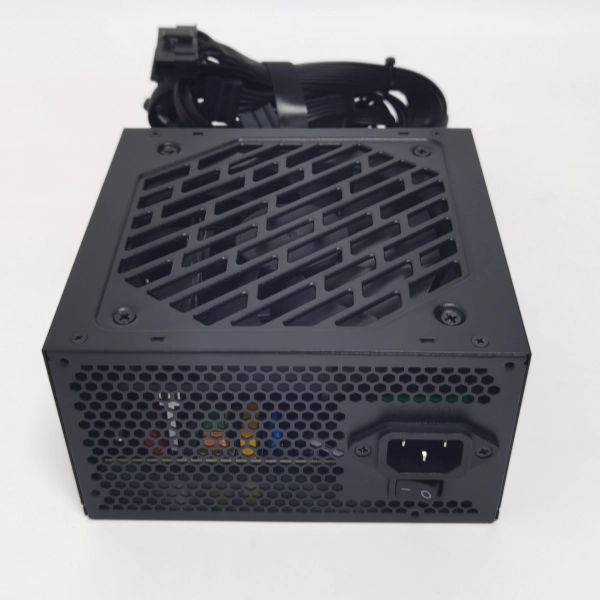
Summary
- Knowing your PC’s power supply (PSU) wattage is essential for upgrades, troubleshooting, and system stability.
- While physically inspecting the label on the power supply is the most accurate method, it requires opening your computer.
- Software tools, the BIOS/UEFI, and manufacturer websites can provide some information about your power supply, but they are less reliable.
- Estimating power usage based on components is the least accurate method.
- Understanding PSU efficiency ratings (80 PLUS) is important for energy efficiency.
- Be aware of the signs of an inadequate or failing PSU.
- As an OEM power supply manufacturer, we offer customized solutions tailored to your specific needs.
- Partnering with us provides access to expertise, quality, cost-effectiveness, and customization options.
- We offer a wide range of power supplies, including ATX, SFX, FLEX, and custom designs. You can check out our SFX Power Supply options.
- This guide can help you to check your power supply.
- We can provide the power you need!

